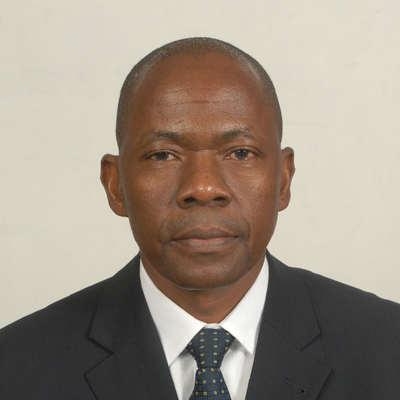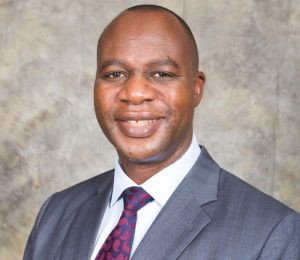
THE $300 million Tokwe-Mukosi Dam — a project first proposed about five decades ago, which will supply water to sugar growers in the south of the country — is nearly complete.
Bloomberg
Construction of the dam, which will have a capacity of 1,8 billion cubic metres of water, started in the 1990s, but progress stalled repeatedly on funding shortages.
“It’s 99,9% finished, just finishing touches to be done,” resident engineer Paul Dengu said on Wednesday at the project site, about 400 kilometres south of Harare, the capital.
Civil engineering work will be completed by the end of the month, and final studies are under way for a hydropower plant linked to the dam, he said.
Tokwe-Mukosi will be Zimbabwe’s second-largest man-made reservoir after Kariba on its northern border, with the potential to irrigate about 25 000 hectares of farmland, offering a boost to sugar producers and other farmers, said Adelaide Chikunguru, a spokeswoman for South Africa’s Tongaat Hulett Ltd, which grows sugar in the region.
The dam, built by Italy’s Salini-Impregilo SpA, will also have a hydropower plant that will provide 15 megawatts of electricity, according to Taurai Maurukira, an engineer with the Zimbabwe National Water Authority.
The nation’s rain season runs from November to April, and the reservoir currently contains about 170 million cubic metres of water, or 9,4% of its capacity.
- Chamisa under fire over US$120K donation
- Mavhunga puts DeMbare into Chibuku quarterfinals
- Pension funds bet on Cabora Bassa oilfields
- Councils defy govt fire tender directive
Keep Reading
Kariba, on Zimbabwe’s northern border with Zambia, is reported to be the world’s largest dam by volume when full.
The Infrastructure Development Bank of Zimbabwe has spent $290 million on the dam since 2011 when construction most recently resumed, Robert Malunga, a project manager at the institution, said in an interview.
All financial commitments for the facility have been met, he said.
Tongaat Hulett, which said in November that volumes were being affected by restricted irrigation levels in Zimbabwe, helped facilitate a payment for about six million euros ($6,5 million) to the contractor in return for the dollar equivalent in the Southern African country, Chikunguru said in an emailed response to questions.
Zimbabwe, which abandoned its own currency in 2009 and mainly uses the dollar, is grappling with a shortage of foreign exchange.
About 5 500 people still live on land in the vicinity of Tokwe-Mukosi, which is expected to be half full by year end, and relocation will require about $20 million, Dengu said.
The government was accused by New York-based Human Rights Watch of mistreating about 20 000 people moved from flood sites in 2014.











